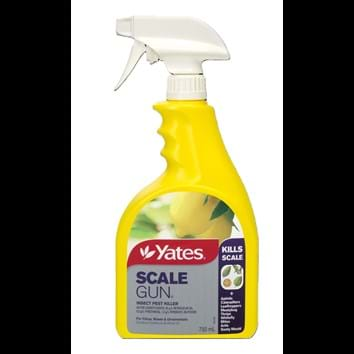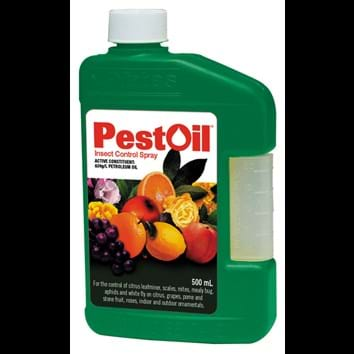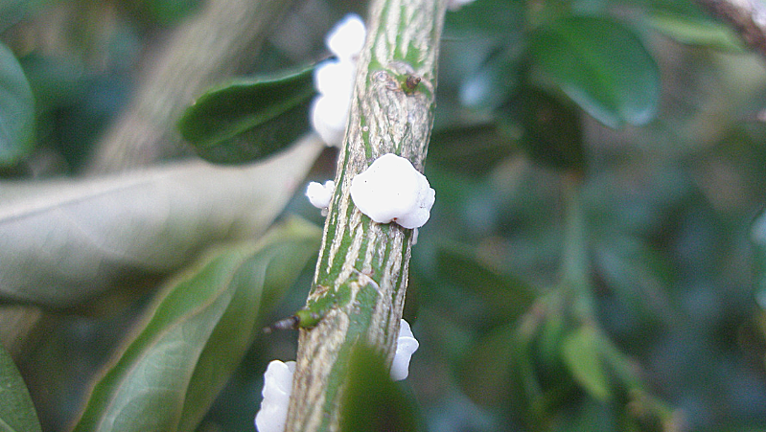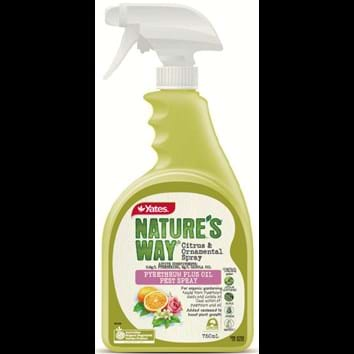Scale Insects don’t look like insects, because the insect’s body is mostly hidden under a hard or soft cover, which looks like a ‘scale’. The Scale Insects you are likely to find on plants are mature females, and juvenile (nymphs) males and females. Adult males are small winged insects that are rarely seen. The first nymph stage (‘instar’) of the life cycle is known as a ‘crawler’ that is a mobile six-legged creature about 0.5 mm long.
Adult female Red Scales are reddish-brown, circular and about 2 mm in diameter. Female nymphs are also circular but smaller. Male nymphs are oval and paler.
White Louse Scale male nymphs are white, about 1 mm in length with three longitudinal ridges. The name ‘White Louse Scale’ is derived from infestations of male nymphs. Adult female White Louse Scales are about 2 mm long, dark brown and mussel-shaped. Female nymphs are smaller versions of adult females.
Mature female Soft Brown Scales are flat, oval, about 4 mm in length, and a greenish-brown colour mottled with brown spots. As females age, they become a uniform brown colour. Nymphs are similar in shape and colour to adult females but are smaller.
Adult female Wax Scales are generally globular in shape and covered in waxy secretions. White Wax Scales are about 6 mm in diameter, white, soft and moist. Pink Wax Scales are about 4 mm in diameter, pink or red, and hard, with two lobes on each side and a depression in the middle. Wax Scale nymphs resemble smaller versions of adult females.
Female Cottony Cushion Scales are about 5 mm long, reddish-brown with black legs and usually covered by a white, mealy secretion. Females usually have egg sacs attached to them that are large, soft, cottony masses with a white fluted surface about 10 mm to 15 mm long. Nymphs are orange–brown with long hairs and covered with cottony secretions.
Gumtree Scale females are rounded and sac-like, about 3 – 4 mm long and reddish-brown in colour. Female nymphs are reddish-brown and about 1 – 2 mm long, and males nymphs are white and about 1 – 2 mm long.














